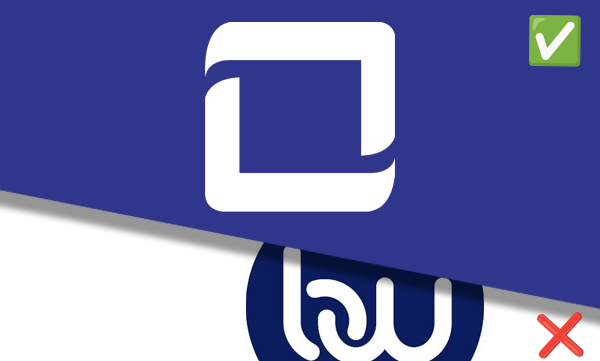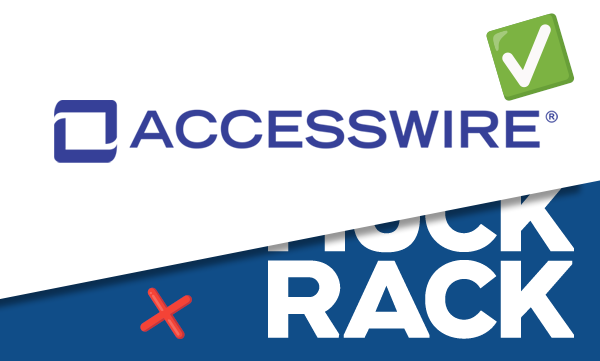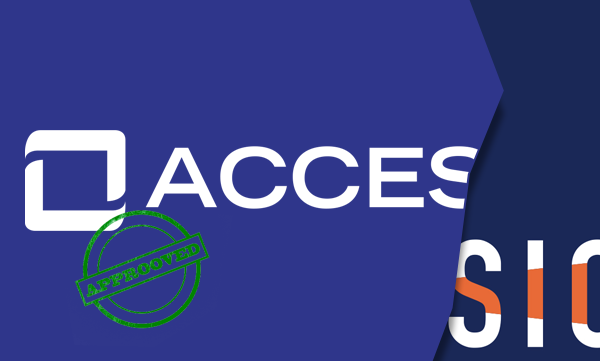How to Find Your Target Audience: 4 Tips to Get Started
The HubSpot Blog’s 2023 Marketing Strategy & Trends Report: Data from 1,200+ Global Marketers, found that just 42% know the basic demographic information of their target audience, like their name, gender, and location.
How well do you know your target audience?
If you're here to learn how to identify who you're talking to, you're in the right place.
This blog post offers four tips to help you get started on your journey of uncovering your target audience.
Why Knowing Your Audience is Important
For your business to succeed, the first and most crucial step is identifying your target audience. Knowing your customers helps you tailor your message to their needs and solve their problems.
The more on point you are with your messaging and distribution, the more attention you’ll attract, and the sales you’ll generate.
How to Find Your Target Audience
Dig into Demographics
You use social media, update your website, use paid ads, and distribute press releases to share news. As a result, you're building and nurturing your online presence which means you have a plethora of data points at your fingertips.
Analyzing the demographic data you gather from your marketing channels will help you understand your target audience better.
Once you compile all the demographic data from your various marketing channels, it’s time to segment them.
Common demographic categories include:
- Age
- Gender
- Location
- Occupation
From there, you should analyze that information and look for commonalities. These similarities will help you build your buyer personas.
What’s a buyer persona?
Hootsuite defines a buyer persona as “a detailed description of someone who represents your target audience.”
When developing buyer personas for your brand, use the information you collected to create your ideal customer.
Give these personas names and share specific details based on their interests, demographic information, and behavioral traits.
These personas will help guide your marketing efforts.
Knowing your customers well will make your messages more effective. It will also increase the likelihood of them interacting with your business.
Research Your Competitors
Since you and your competition likely share the same customer base, it’s a good idea to do a little research.
Take a look at your competitors’ website, social channels, and ad copy.
What are they saying? How are they solving your customers' problems?
What content is getting the most engagement? What’s the main message they're addressing?
What social channels are they most active?
Do they send press releases?
This isn’t about copying what they’re doing, it’s about not reinventing the wheel. If you see something’s working for them, use that as a signal to try it out for your brand using your unique voice.
Listen to Customer Feedback
Customer feedback is valuable because it provides honest opinions about your brand and what you offer.
Feedback comes in the form of:
- Testimonials
- Online reviews
- Word-of-mouth referrals
Customer feedback helps you identify your strengths and areas for improvement. This information allows you to provide your clients with an exceptional experience.
Test Your Strategies
As you collect your data, and pinpoint your target audience, it’s time to test your findings and analyze the results.
You can do this by publishing marketing campaigns that address your target audience. Run A/B tests and track the results.
What’s resonating? What’s not?
You can use the data collected from these campaigns to refine your strategy, tweak your messaging, and narrow in on your target audience.
Benefits of Knowing Your Target Audience
Understanding who makes up your target audience has benefits that include, but are not limited to:
- Better decision making - Knowing your audience's preferences and behaviors helps you decide where, when, and how to distribute your content effectively.
- Fuels content creation – Knowing who you’re talking to will help you consistently create relevant content that addresses your target audience’s pain points, questions, interests, and problems.
- Informs business growth – Your customers and target audience are oxygen for your brand. Without them, you won’t succeed. That’s why knowing your target audience is crucial in building your business and improving your products/services to meet their needs. Remember, customer satisfaction is a lead magnet.
Similar Blog Posts



PRODUCTS
ACCESSWIRE | All Rights Reserved


